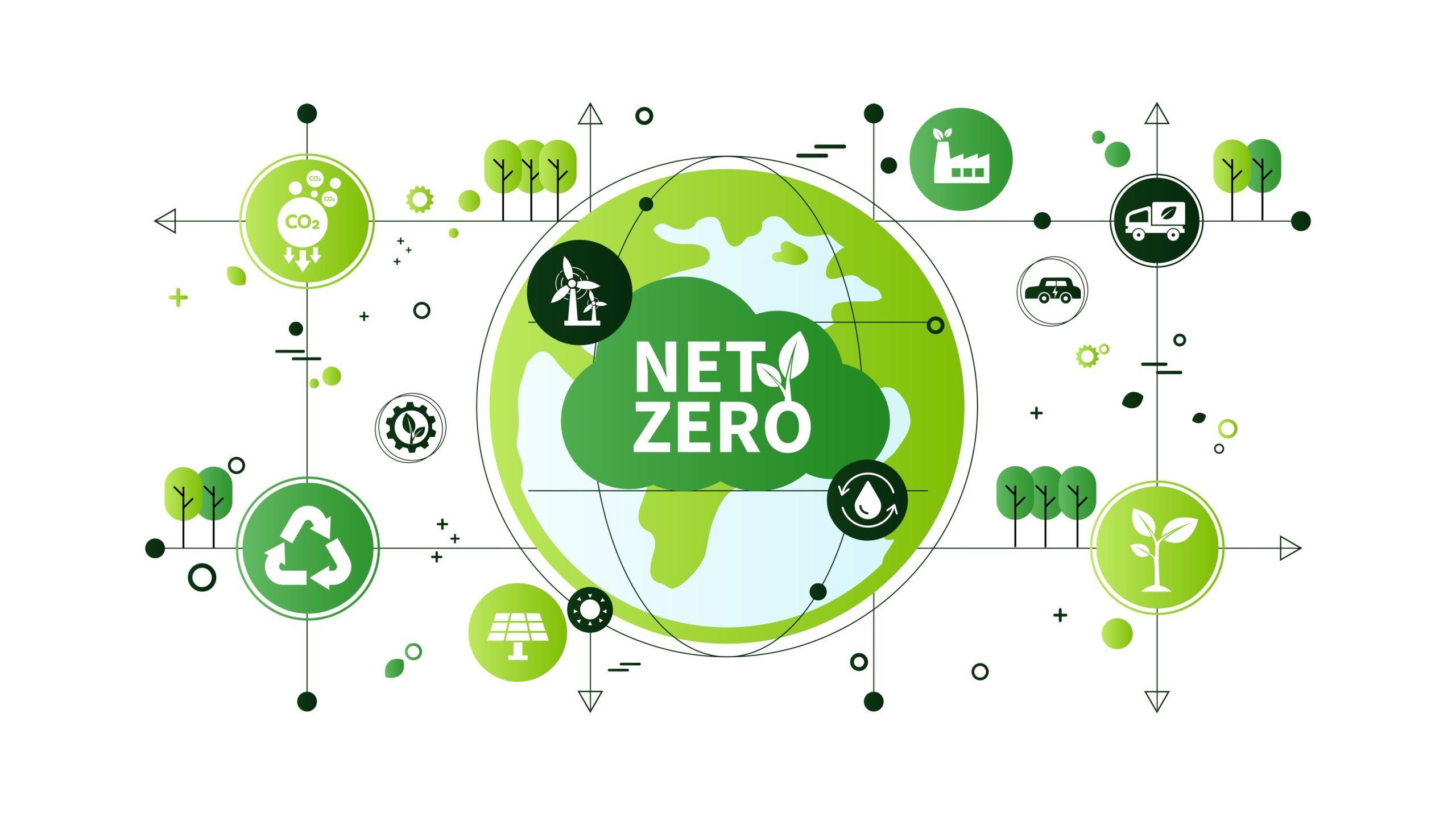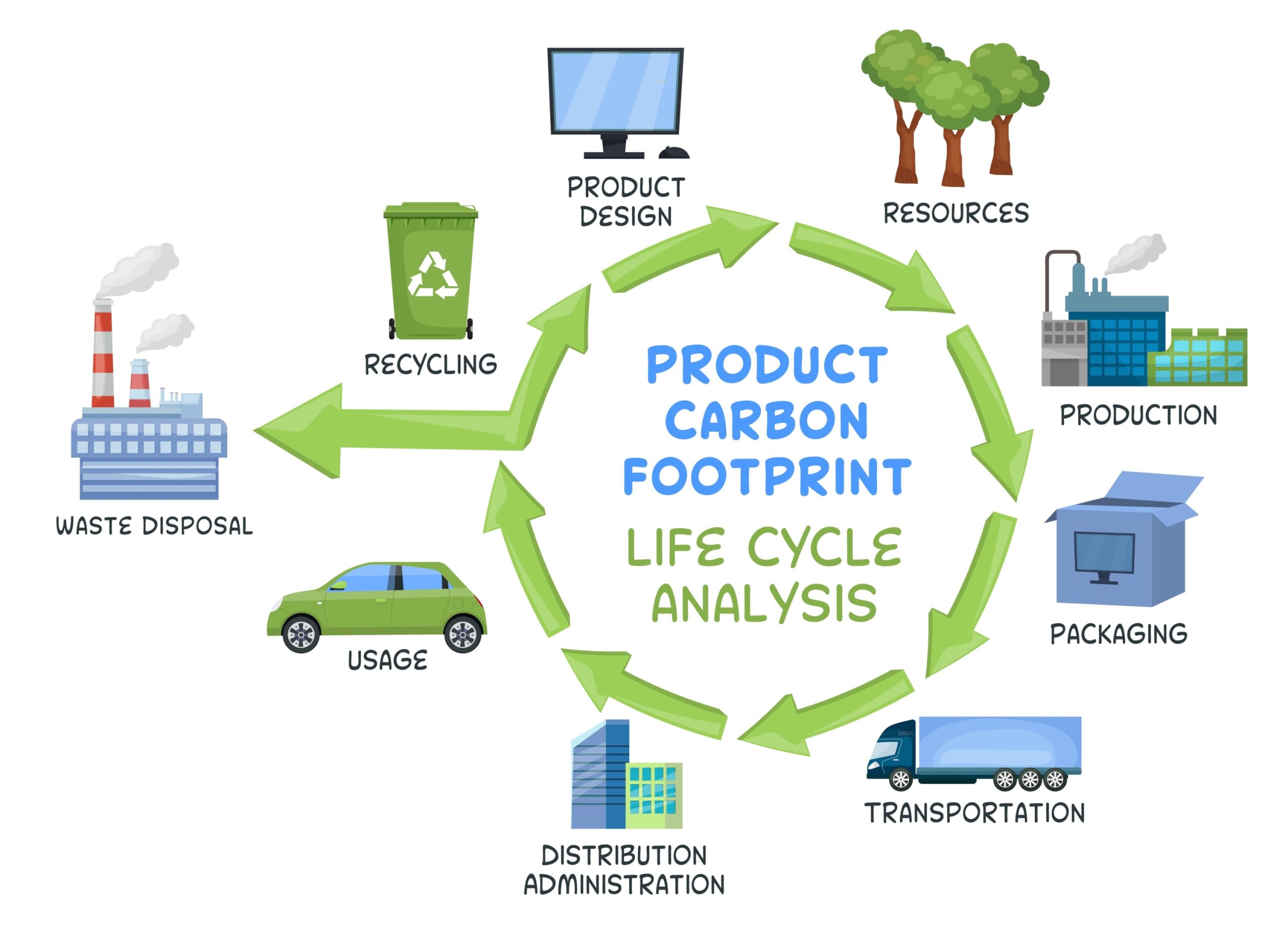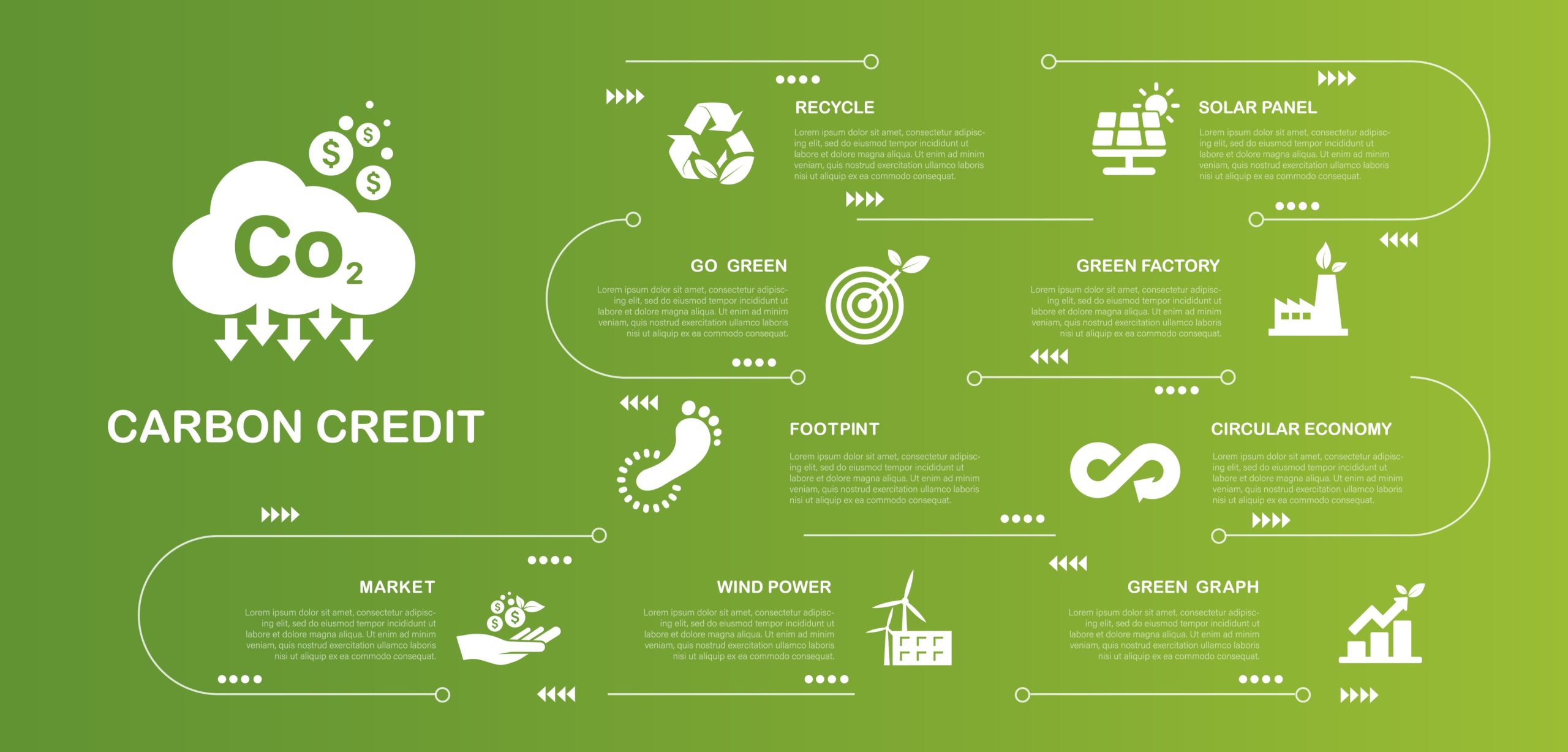What is Carbon Neutrality?

Definition and importance of achieving carbon neutrality
Carbon neutrality means achieving a balance between emitting and absorbing carbon dioxide, resulting in a net zero contribution of greenhouse gases to the atmosphere. This balance is crucial for mitigating the effects of global warming and climate change, as it helps stabilize atmospheric concentrations of CO2 and other greenhouse gases. One of the key steps in achieving carbon neutrality is to reduce carbon footprint through sustainable practices and energy efficiency.
Achieving carbon neutral status means that neutrality is not just an environmental imperative but also an economically feasible goal for both individuals and organizations. By adopting sustainable practices and investing in carbon offset projects, we can all contribute to a healthier planet and ensure a sustainable future for the coming generations. Reducing carbon footprint not only supports this goal but also enhances corporate reputation, aligns with consumer values, and prepares businesses for future regulations and market demands.
Understanding Greenhouse Gas Emissions
The impact of human activities on the environment
The average American, for example, contributes over 15 tons of greenhouse gases to the atmosphere each year, primarily through activities like driving, electricity use, and diet choices.
These emissions significantly impact the planet, accelerating climate change and leading to severe consequences such as extreme weather events, rising sea levels, and biodiversity loss. Reducing greenhouse gas emissions is essential to limit global warming to 1.5°C by 2030 and reach net-zero emissions by 2050.
This requires urgent measures, including transitioning to renewable energy, enhancing energy efficiency, emitting carbon, and adopting sustainable practices in all aspects of life.
Assessing Your Carbon Footprint

Calculating your personal carbon emissions
Understanding your carbon footprint is the first step toward building a sustainable lifestyle. A carbon footprint measures the total greenhouse gases produced by your activities, such as transportation, energy use, and food consumption. To assess your personal carbon footprint, start by analyzing your daily habits and identifying areas for improvement.
Tools like the EPA’s carbon footprint calculator can help you measure your individual impact by inputting data on your energy use, travel habits, and waste production.
By being carbon negative means pinpointing high-emission areas, you can make informed decisions to reduce your environmental impact. This process not only helps in reducing emissions but also fosters awareness about the importance of sustainability and responsible consumption.
Reducing Carbon Emissions
Transportation and energy efficiency
Reducing transportation emissions is a key aspect of lowering your carbon footprint. Consider carpooling, using public transport, biking, or walking instead of driving alone. These alternatives not only cut down on emissions but also reduce traffic congestion and promote physical health. At home, making your living space more energy-efficient can significantly decrease both emissions and utility bills.
Simple steps like sealing drafts, using programmable thermostats, and upgrading to energy-efficient appliances can make a big difference. Investing in renewable energy sources, such as solar panels or wind turbines, further helps in reducing reliance on fossil fuels.
Additionally, adopting food waste re-reduction practices, such as buying products with minimal packaging and recycling, contributes to overall sustainability efforts.
Sustainable lifestyle choices

Your food choices have a substantial impact on the environment, with more carbon a quarter of global emissions coming from food production, particularly from meat and animal products. Shifting towards a plant-based diet, or reducing meat consumption, can significantly lower your carbon footprint. Incorporating more fruits, vegetables, grains, and legumes into your diet is not only healthier but also more sustainable.
Additionally, practicing the three Rs—Reduce, Reuse, Recycle—helps minimize waste and emissions. Reducing waste involves mindful purchasing and avoiding single-use plastics. Reusing items extends their lifecycle, while recycling ensures that materials are processed and repurposed, reducing the need for new resources and energy.
Carbon Offset and Removal
Compensating for emissions through carbon offsetting
Investing in projects that reduce greenhouse gas levels is a practical method for balancing your remaining emissions, known as carbon offsetting.
This process involves funding initiatives such as reforestation, renewable energy, and energy efficiency projects. Carbon offsetting is relatively easy and affordable for individuals, making it an accessible option for those committed to reducing their environmental impact.
By purchasing carbon offsets, you can support projects that directly remove or reduce emissions, effectively compensating for your carbon footprint. This not only further climate neutrality and aids in global emission reduction efforts but also promotes sustainable development and community benefits.
Carbon capture and storage technologies
Carbon capture and storage (CCS) technologies are essential for achieving significant reductions in CO2 emissions. These technologies capture CO2 emissions from industrial sources and store them underground, preventing them from entering the atmosphere. CCS can contribute up to 14% of the global reduction of CO2 emissions by 2060, playing a critical role in global climate strategies.
Additionally, developing low-carbon energy sources, such as wind, solar, and hydroelectric power, is crucial for a sustainable energy future. Implementing these technologies, along with improving energy efficiency, helps reduce emissions and supports the transition to carbon neutrality.
Global Efforts and EU Goals
International cooperation and EU targets for carbon neutrality

Global cooperation is vital in the fight against climate change. The European Union aims to become the first continent to achieve carbon neutrality by 2050, with an interim goal to reduce emissions by at least 55% by 2030.
The Paris Agreement, a landmark international treaty, sets the target of reaching global net-zero emissions by 2050, emphasizing the importance of collective action. These ambitious targets require coordinated efforts from governments, businesses, and individuals worldwide.
By supporting and participating in international climate initiatives, we can drive significant progress towards a sustainable and resilient future. The EU’s leadership and commitment to reducing emissions set a benchmark for other regions to follow, demonstrating the potential of ambitious climate policies.
Taking Action
Making a positive impact on the environment
Every effort to reduce carbon emissions is a step in the right direction to preserve our planet. Start by measuring your carbon footprint and identifying areas where you can make changes. Adjust your lifestyle to lower emissions by adopting energy-efficient practices, reducing waste, and choosing sustainable transportation options. Additionally, offset your remaining emissions by investing in carbon offset projects.
Supporting companies and governments that prioritize carbon neutrality and climate action amplifies your impact at global scale. By making informed choices and advocating for sustainable policies, you contribute to a collective effort to combat climate change and protect our environment for future generations. Through individual actions and collective initiatives, we can drive meaningful change and move towards a carbon-neutral world.
